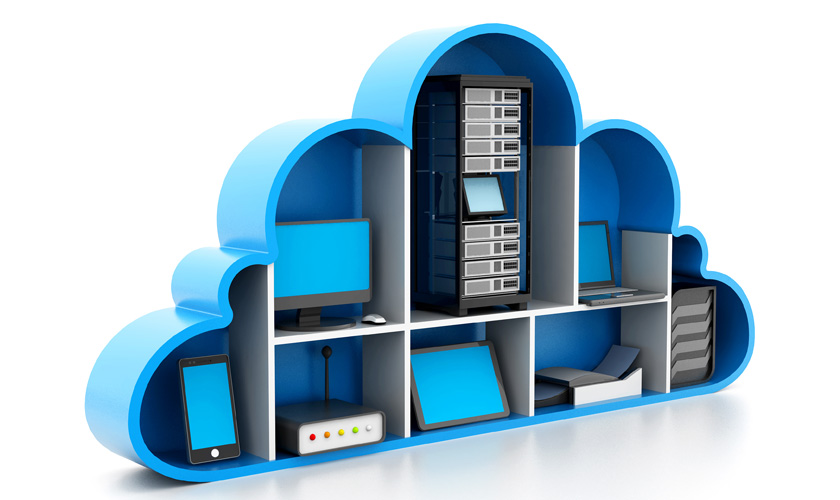At its core, hybrid is about choice: Choice to work with the appropriate combination of an organisation’s on-premises infrastructure, managed services, private cloud and public cloud infrastructure and services. With the right knowledge and information, companies can optimise IT to balance cost, risk and agility.
Most cloud clients have legacy systems that are core to their business and have run for many years. Hybrid IT allows them to continue maximizing their return on investment in functional legacy systems, while migrating applications to the public cloud that are easily refactored for that environment. This prevents enterprises being hindered in their ability to adapt and innovate, while also freeing up capacity in legacy infrastructure to absorb increased demands.
No-one can deny the benefits of cloud when it comes to flexibility and future capital savings, but the cost associated with a wholesale cloud migration can vastly outweigh the benefits. It is also important to note the complexities associated with transferring applications and data to the cloud. Some systems simply aren’t suited for cloud environments and others require significant re-engineering.
Hybrid is about the long-term evolution of IT estates. Almost every company has IT distributed across multiple infrastructures and service providers, and companies that embrace the Hybrid IT management challenge are empowered to move forward.
Source: Cloud Computing.








0 Comments